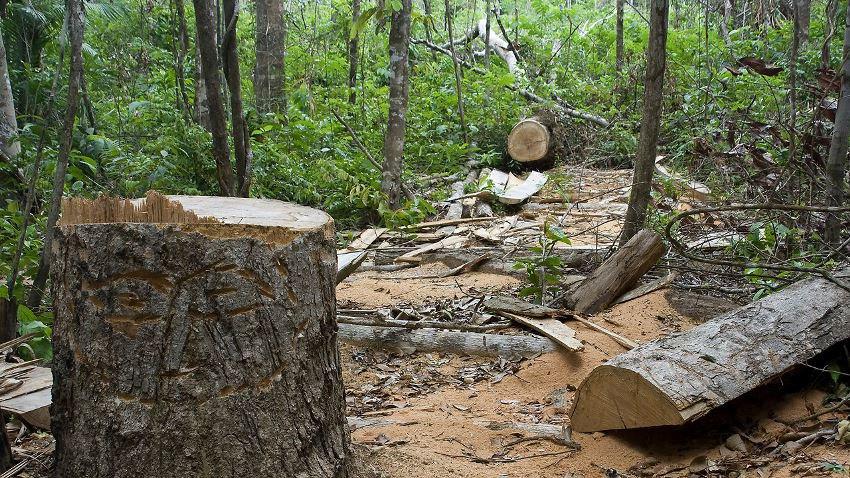
1 minute read
Artificial intelligence can help fight deforestation
A new technique using arficial intelligence to predict where deforestaon is most likely to occur could help the Democrac Republic of Congo (DRC) preserve its shrinking rainforest and cut carbon emissions, researchers have said.
Congo's rainforest, the world's second-largest aer the Amazon, is under pressure from farms, mines, logging and infrastructure development, sciensts say Protecng forests is widely seen as one of the cheapest and most effecve ways to reduce the emissions driving global warming. But conservaon efforts in DRC have suffered from a lack of precise data on which areas of the country's vast territory are most at risk of losing their prisne vegetaon, said Thomas Maschler, a researcher at the World Resources Instute (WRI). "We don't have fine-grain informaon on what is actually happening on the ground," he told the Thomson Reuters Foundaon.
Advertisement
Tracking the drivers of deforestaon
To address the problem Maschler and other sciensts at the Washington-based WRI used a computer algorithm based on machine learning, a type of arficial intelligence.
The computer was fed inputs, including satellite derived data, detailing how the landscape in a number of regions, accounng for almost a fih of the country, had changed between 2000 and 2014. The programme was asked to use the informaon to analyse links between deforestaon and the factors driving it, such as proximity to roads or selements, and to produce a detailed map forecasng future losses.
Overall the applicaon predicted that woods covering an area roughly the size of Luxembourg would be cut down by 2025releasing 205 million metric tons of carbon dioxide (CO2) into the atmosphere.
The study improved on earlier predicons www.africaagricultureinsight.com that could only forecast average deforestaon levels in DRC over large swathes of land, said Maschler. "Now, we can say: 'actually the corridor along the road between these two villages is at risk,"
Maschler said by phone late on Thursday
Where to focus efforts
The analysis will allow conservaon groups to beer decide where to focus their efforts and help the government shape its land use and climate change policy, said scienst Elizabeth Goldman who co-authored the research.
The DRC has pledged to restore three million hectares (11,583 square miles) of forest to reduce carbon emissions under the 2015 Paris Agreement, she said.
But Goldman said the benefits of doing that would be outweighed by more than six mes by simply cung predicted forest losses by 10 percent.











